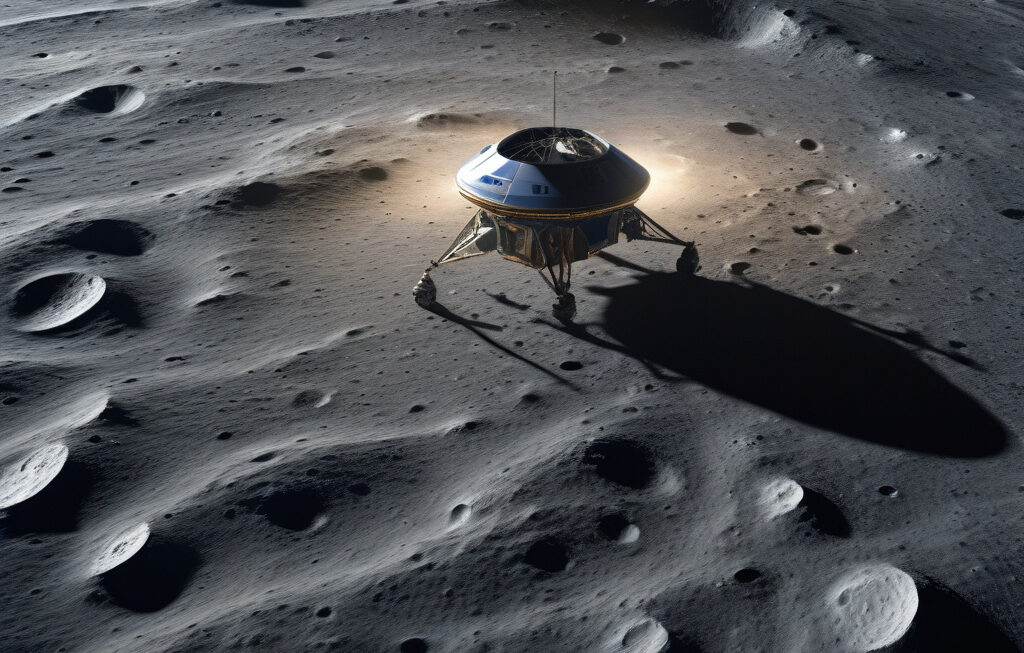Scientists Create Light-Powered Smallest Motors that Fit Inside a Strand of Hair
Researchers at the University of Gothenburg have announced an interesting invention: the “smallest on-chip motor” that can fit inside a strand of hair. This groundbreaking creation is powered by light and opens up a world of possibilities in the field of nanotechnology.
The development of these tiny motors marks a significant advancement in the field of micro- and nanorobotics. Traditional motors are bulky and require external power sources, limiting their applications in tiny devices. However, the light-powered motors created by the researchers at the University of Gothenburg are small enough to fit inside a human hair and do not require any external power source apart from light.
The key to the functionality of these minuscule motors lies in their design. By utilizing a light-responsive material, the researchers were able to create a motor that moves in response to light. This novel approach not only reduces the size of the motor but also eliminates the need for complex wiring and external power sources.
One of the most exciting aspects of this invention is its potential applications. These light-powered motors could revolutionize various fields, including biomedicine, environmental monitoring, and information technology. For example, in the field of biomedicine, these motors could be used for targeted drug delivery within the human body. By attaching the motors to drug molecules and controlling their movement with light, researchers could precisely deliver drugs to specific locations in the body, reducing side effects and improving treatment outcomes.
In the realm of environmental monitoring, these tiny motors could be deployed to detect and clean up pollutants in the environment. By functionalizing the motors with sensors that respond to specific pollutants, researchers could create highly sensitive and selective pollution-monitoring devices. Once the presence of a pollutant is detected, the motors could be activated to move towards the source and neutralize it, offering a novel approach to environmental remediation.
Furthermore, in the field of information technology, these light-powered motors could be used to create ultra-compact and energy-efficient devices. By integrating the motors into micro- and nanoscale systems, researchers could develop faster and more efficient computers, sensors, and other electronic devices. The potential impact of this technology on the future of computing and communication is immense.
Overall, the creation of these light-powered motors represents a significant step forward in the field of nanotechnology. By harnessing the power of light to drive tiny motors, researchers have unlocked a world of possibilities for the development of innovative new technologies. As the research progresses, we can expect to see even more exciting applications of these motors in various fields, shaping the future of science and technology.
In conclusion, the invention of the smallest on-chip motors that can fit inside a strand of hair is a testament to the ingenuity and creativity of researchers in the field of nanotechnology. With their potential to revolutionize biomedicine, environmental monitoring, and information technology, these light-powered motors are poised to drive innovation and progress in the years to come.
innovation, nanotechnology, light-powered motors, University of Gothenburg, future technology












